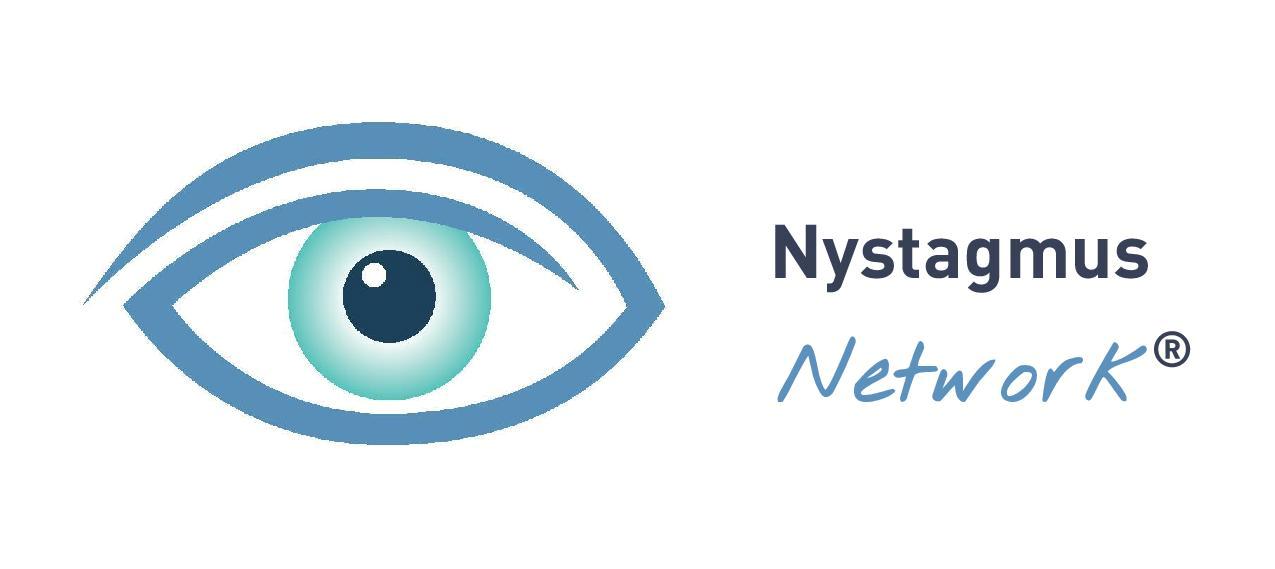There are some treatments which can help with nystagmus. There are surgical options and drug therapies, though these are not suitable or effective in every case. Eye drops, prisms in glasses and other aids can also help.
Nystagmus itself cannot currently be cured, but some underlying conditions can be treated, especially childhood cataracts and strabismus and there are therapies for some neurological conditions.
It is very important to ensure that any sight difficulties which can be corrected by prescription glasses or contact lenses, such as short sight, long sight and astigmatism, are addressed. The nystagmus will still be present, but the eyesight will be the best it can be.
Researchers in the UK and around the world are looking at different aspects of nystagmus with the aim of developing better diagnostics, treatments and therapies, prevention and, eventually, cure.
A lot of this work still focuses on how the eye movements are controlled and the understanding of this is still far from complete. It is hoped that, as research continues in this field, effective treatment options will become available for people with nystagmus.
Drug treatments for nystagmus
As the understanding of nystagmus continues to grow, various drugs are being used to manage the condition. Botulinum toxin injections have been shown to help some people with the acquired form of nystagmus, though these are not usually effective in people with congenital nystagmus.
The drugs gabapentin, baclofen and memantine have also proved to have some success at reducing the effects of acquired nystagmus in some people and they are also being trialled for people with congenital nystagmus. Sadly, they do not work for everyone and can have unpleasant side effects.
Fampyra or fampiridine is now used in some cases of downbeat acquired nystagmus.
Surgical options
Some centres offer eye surgery to children and adults with nystagmus where there is a marked head turn due to a null point (the position where the eye movements are at their smallest or slowest). The procedure involves detachment and reattachment of the eye muscles. As with any surgery, there are risks involved.
The result is usually a more natural head position so that the patient can look straight ahead to focus on faces and objects. Sometimes they report that their vision is clearer. Follow up surgery is sometimes needed to refine any correction. Some people perceive a slowing of the eye movements as a result of surgery, though this is no more than anecdotal and could simply be due to the change in the position of the null point.
To read one family’s experience of Anderson Kestenbaum (‘null point’) surgery, please see our newsletter, here.
In a very small trial sample of patients with specific types of acquired nystagmus only, tiny surgical magnets have been inserted to control the eye movements. This technique is not yet being trialled for cases of congenital nystagmus.
A summary of treatments
One of our Clinical Advisers, Dr Helena Lee from University Hospital, Southampton, summaries the optical, medical and surgical treatments available for congenital or infantile nystagmus in this short video.
Watch the video here
The future
The Nystagmus Network UK is working closely with the UK centres of excellence for nystagmus research, where developmental work continues on better diagnostics, understanding and alleviation of the effects of the condition and, perhaps most importantly, genetics. Genetic testing and counselling are now widely available. It is thought that the way ahead for treatment and prevention lies in gene therapy.
Alternative therapies for nystagmus
Various alternative therapies have been tried by people with nystagmus and, although there is no robust clinical or scientific evidence that they work, some people say they have led to improved vision. These include vision therapy, acupuncture, cranial osteopathy and Alexander Technique.
Relaxation techniques and meditation, or things like Yoga, Pilates or Tai Chi can help indirectly by reducing stress and helping people to stay calm. It has been found that, with both congenital and acquired nystagmus, the calmer and more rested a person is, the less the impact of their nystagmus on their sight and general well being. This can mean improved vision and a greater ability to focus. People with acquired nystagmus also find that the worst effects of oscillopsia are alleviated if they are free from anxiety, fatigue and stress.
